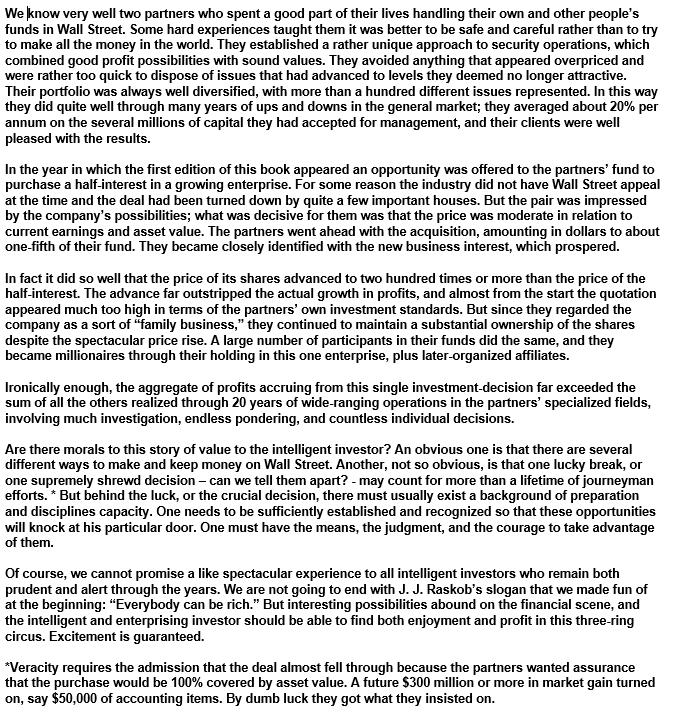Is it better to split up dominant networks (like social/communication networks) or keep them whole to maximize network effects? I’ve spent 8 years creating a way to use data to answer this for Rwanda’s mobile network, using 5.3b transaction records (1/15) https://t.co/hKC8Vj2PIE




The punchline: allowing an additional competitor in Rwanda\u2019s mobile phone system earlier could have reduced prices and increased incentives to invest in rural towers, increasing welfare by the equivalent of 1% of GDP. (2/15)
— Daniel Bj\xf6rkegren (@danbjork) December 21, 2020













